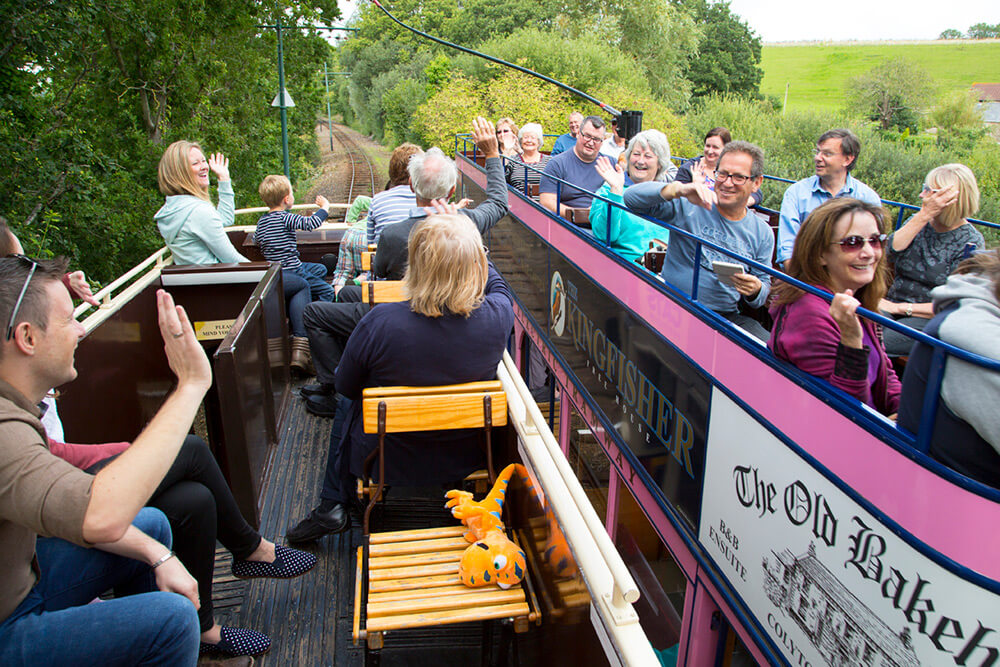Radiorails
master brummie
A lot of people, particularly those who lived along the 2 Erdington, 78 Short Heath and 79 Pype Hayes routes did notice their passing as did many tram aficionados. I was one of them in the Steelhouse area in 1953. the last trams in the city. The principal difference between the older trams system and the new is that the older trams ran in a good many parts of Birmingham, the newer ones are confined to the city centre. I was glad I was there as I moved to Devon the following year. However, as OM remarks, for most of the city it was just another day.
The trams in Plymouth, Exeter and Torbay had long gone. However in East Devon there is the Seaton Tramway system.

 www.tram.co.uk
www.tram.co.uk
The trams in Plymouth, Exeter and Torbay had long gone. However in East Devon there is the Seaton Tramway system.

Seaton Tramway | A Devon Top Attraction | A Great Day Out In Devon
Visit Seaton Tramway, running 3 miles from Seaton to Colyton through the beautiful Axe Valley!








